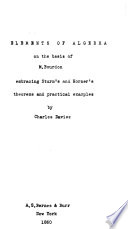 | Charles Davies - Algebra - 1860 - 412 pages
...members of equation (1) to the nth power, we have, But from the definition, we have, nx' = log (N'") ; that is, The logarithm of any power of a number is equal to t)ie logarithm of the number multiplied by the exponent of the power. 233. If we extract the »'* root... | |
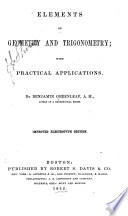 | Benjamin Greenleaf - Geometry - 1862 - 518 pages
...second, member by member, we have ;»£«*-» N a" Therefore, log f -^ \ =x — y = log M — log 2f. 11. The logarithm of any POWER of a number is equal to the product of the logarithm of the number by the exponent of the power. For let m be any number, and take... | |
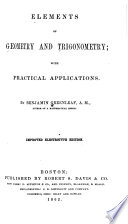 | Benjamin Greenleaf - Geometry - 1862 - 532 pages
...have M a' _ • - - _ ^- (T* — V' N — o' " Therefore, log f ~ I = x — y = log M — log N. 11. The logarithm of any POWER of a number is equal to the product of the logarithm of the number by the exponent of the power. For let m be any number, and take... | |
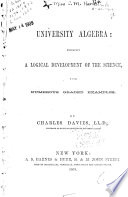 | Charles Davies - Algebra - 1863 - 338 pages
...members of ( 3 ) to any power denoted by p, we have, Whence, by definition, px = Log mf . . . (1.) That is, the logarithm of any power of a number is...the number multiplied by the exponent of the power. If we extract any root of both members of ( 3 ), denoted by r, we have, ar = Whence, by definition,... | |
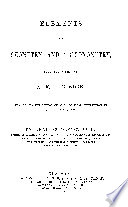 | Adrien Marie Legendre - Geometry - 1863 - 464 pages
...both members of (4) to the power denoted by JP, we have, whence, by the definition, xp = log mp (8.) That is, the logarithm of any power of a number is equal to the logarithm of tJie number multiplied by the exponent of the power. 8. Extracting the root, indicated by r, of both... | |
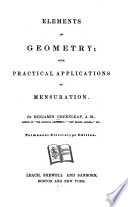 | Benjamin Greenleaf - Geometry - 1863 - 504 pages
...member by member, we have £=£!=«-* N ~ a" ~ Therefore, log (-^J = x — y = log M — log N. 11. The logarithm of any POWER of a number is equal to the product of the logarithm of the number by the exponent of the power. For let m be any number, and take... | |
 | Benjamin Greenleaf - Algebra - 1864 - 420 pages
...equation by the second, member by member, we have Therefore, log TT = * ~~ y ~ log m — log ». 401 1 The logarithm of any power of a number is equal to...the number multiplied by the exponent of the power. For, let m = ax ; then, raising both members to the rth power, we have mr = (<f)r = a*". Therefore,... | |
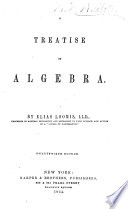 | Elias Loomis - Algebra - 1864 - 386 pages
...logarithm ol Nm, since mx is the exponent of that power of the base which s equalt) Nm; hence PROPERTY III. The logarithm of any power of a number is equal to the toga rithm of that number multiplied by the exponent of the power. EXAMPLES. Ex. 1. Find the third... | |
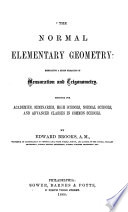 | Edward Brooks - Geometry - 1868 - 284 pages
...second, we have, .Zv Hence, log ( — J = m — n, or, = log M — log N. 1o»-»=.3[ PRIN. 6. — The logarithm of any power of a number is equal to...the number multiplied by the exponent of the power. For, since 10* =M, if we raise both members to the rath power, we have, 10"- = JM* Hence, log M n =... | |
 | Charles Davies, Adrien Marie Legendre - Geometry - 1869 - 470 pages
...(4) to the power denoted by p, we have, l01* = mp ; whence, by the definition, xp = log mr ..... (8.) That is, the logarithm of any power of a number is...the number multiplied by the exponent of the power. 8. Extracting the root, indicated by r, of both members of (4), we have, whence, by the definition,... | |
| |